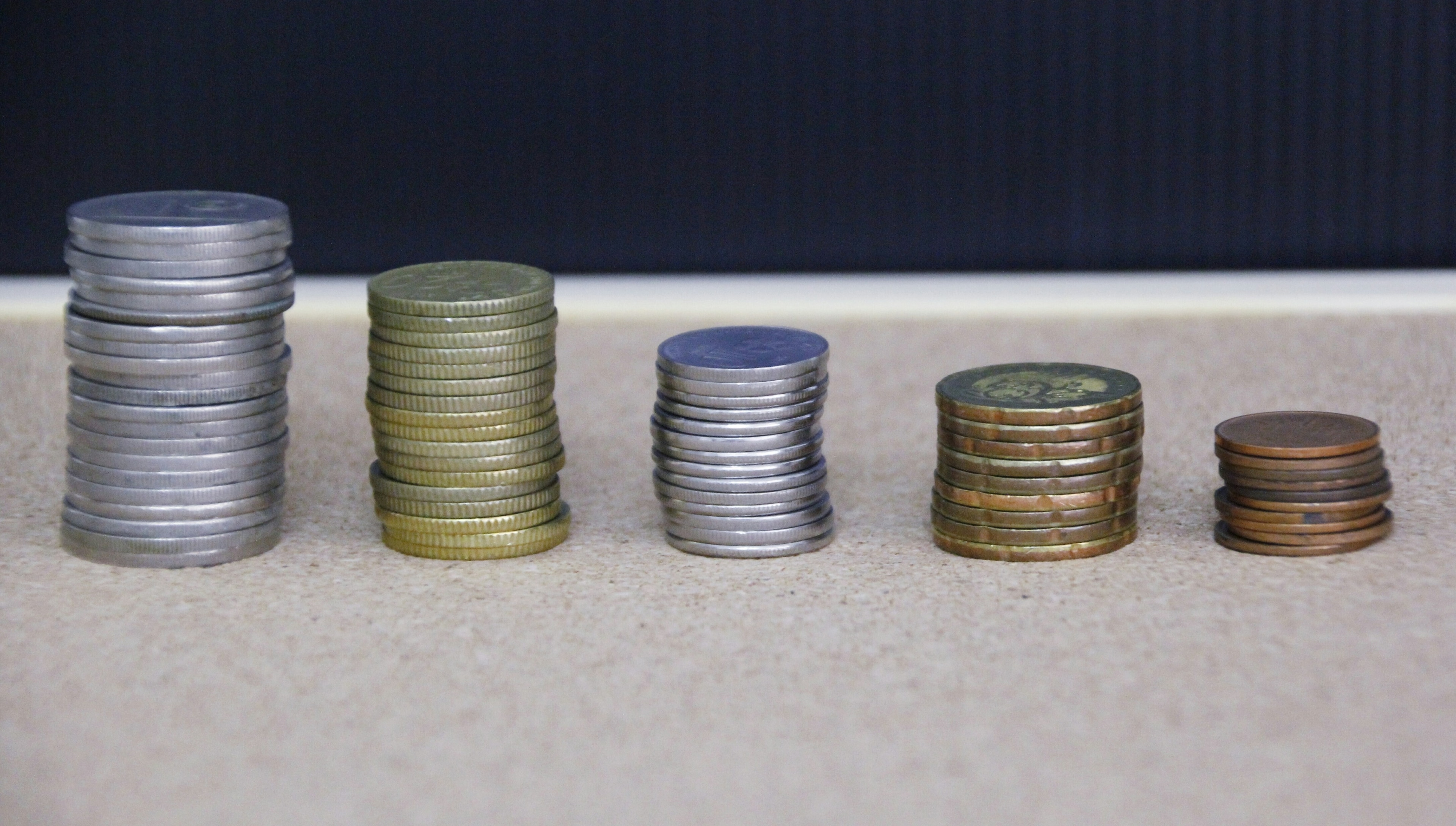How much should you tax capital income? A view from the US

A new paper might help policymakers understand this new way of thinking about taxing capital. Image: REUTERS/Kevin Coombs

Get involved with our crowdsourced digital platform to deliver impact at scale
Stay up to date:
United States
How much should U.S. policymakers tax capital? It’s not a simple question. In fact, for some time there was a debate within the economics profession as to whether there should be a tax at all. A famous result from the Chamley-Judd model and other resultsled many economists to believe that the optimal tax rate on capital income was zero. The argument by these economists was that placing any tax on capital gains from investments would be incredibly distortionary and would come at a major cost to the overall efficiency of the economy.
Recent research, however, shows that changing the (in some cases very unrealistic) assumptions underpinning these earlier models pointing to a zero optimal tax rate result in findings that there is a positive optimal tax rate on capital. A new paper might help policymakers understand this new way of thinking about taxing capital.
The new working paper from the National Bureau of Economic Research is by University of California-Berkeley economist Emmanuel Saez and Harvard University economist Stefanie Stantcheva. In their paper, they try to do for capital taxation what economists have done for labor income taxation: build a simple model of optimal taxation. More specifically they are using a “sufficient statistics” approach, which allows them to feed a few specific parameters derived from empirical papers into a model to help get a broader understanding of the U.S. economy.
First, the two economists build a model of the economy in which people aren’t going to live forever and don’t have perfect foresight—two obviously unrealistic assumptions in the prior models. That plus the new assumption they add to their model—that people like wealth for wealth’s sake, not just as a way to fund consumption—results in people who won’t stop saving as soon as capital is taxed. This is important as the prevailing view among economists who believe in an optimal zero tax rate is that higher tax rates result in very large changes in savings.
Saez and Stantcheva find that the three “sufficient statistics” for determining the optimal tax on capital are:
- How readily savings will respond to a change to the rate of return after taxes
- How unequal is the distribution of capital income
- How society views wealth
Feeding data from U.S. tax returns into their model, Saez and Stantcheva find that the optimal capital income tax rate is definitely higher than zero.
In fact, it appears that the optimal capital income tax rate is higher than the labor income tax rate. If individuals are equally likely to change how much they work or how much they save due to a change in taxes, then capital income will always have a higher optimal rate than labor income. That’s because capital income is much more unequally distributed. Saez and Stantcheva also point out that the tax rate on capital income will increase if people think that wealth inequality is unfair and want to redistribute to those with less wealth.
The question posed at the very beginning of this article still stands. As useful as Saez and Stantcheva’s simpler model may be, it’s just part of a broader conversation about whether and how to tax capital and at what levels.
Don't miss any update on this topic
Create a free account and access your personalized content collection with our latest publications and analyses.
License and Republishing
World Economic Forum articles may be republished in accordance with the Creative Commons Attribution-NonCommercial-NoDerivatives 4.0 International Public License, and in accordance with our Terms of Use.
The views expressed in this article are those of the author alone and not the World Economic Forum.
The Agenda Weekly
A weekly update of the most important issues driving the global agenda
You can unsubscribe at any time using the link in our emails. For more details, review our privacy policy.
More on Financial and Monetary SystemsSee all
Joe Myers
April 26, 2024
Lucy Hoffman
April 24, 2024
Michelle Meineke
April 24, 2024
Annamaria Lusardi and Andrea Sticha
April 24, 2024
Emma Charlton
April 24, 2024
Piyachart "Arm" Isarabhakdee
April 23, 2024






